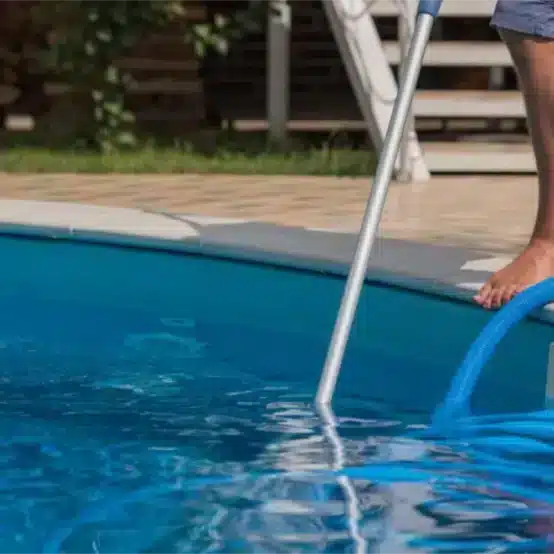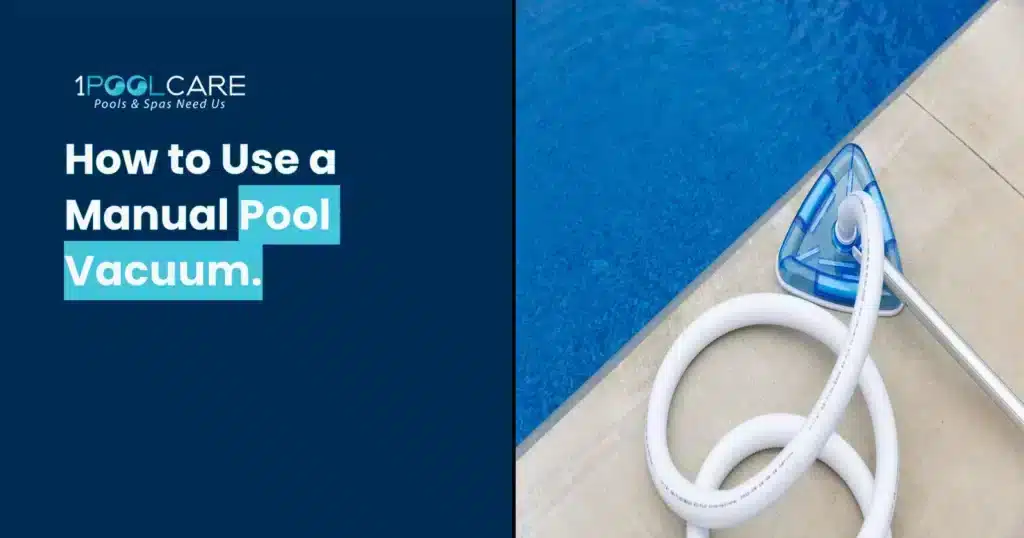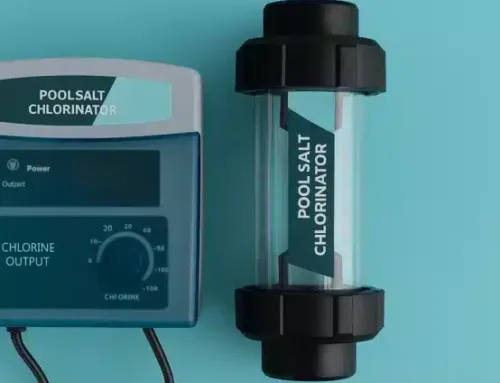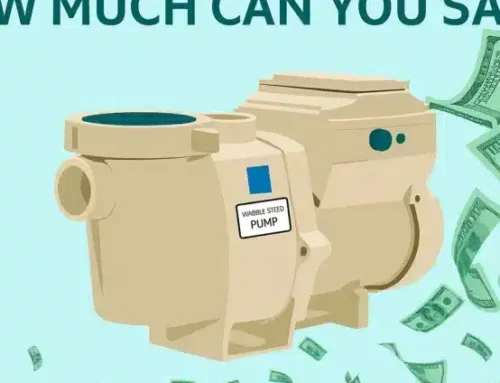A manual pool vacuum is the simplest way to remove leaves, grit, and fine dust from the pool floor and steps. With the right setup and a steady pace, you can clear debris without stirring it up or straining your filter system. This guide answers the top questions, shows each step in order, and explains when to vacuum to waste versus to filter so you protect water balance and equipment.
What is a manual pool vacuum and how does it work?
A manua88l pool vacuum uses your pool pump’s suction to draw debris through a vacuum head, along a vacuum hose, and into the filtration system. You attach the vac head to a telescopic pole, connect the hose to the vac head, prime the hose with water to remove air, then plug the hose into the skimmer inlet or a dedicated vacuum inlet. As you guide the head slowly across the surface, suction lifts dirt into the pool filter or out to waste.
What equipment do you need to manually vacuum a pool?
You need a vacuum head, telescopic pole, vacuum hose, and a way to connect to suction such as a skim vac plate or a vacuum port. Check that seals and baskets are clean so suction stays strong.
Essentials checklist
- Flexible vacuum head sized for your pool surface and corners
- Telescopic pole long enough to reach the deep end comfortably
- Vacuum hose that matches the distance from the vacuum point to the far corner of the pool
- Skim vac plate for the skimmer basket or a dedicated vacuum inlet fitting
- Clean skimmer basket and pump strainer basket
- Working pressure gauge on the filter to monitor load
Nice to have
- Hose clamp or hand over the return jet to help prime the hose
- Leaf canister inline on the hose if you collect large debris often
- Knee pads for extended sessions on the pool deck
How often should you vacuum your pool manually?
Vacuum weekly during the swimming season and after storms or heavy use. If trees shed into the pool, add quick touch ups between full cleans. A robotic cleaner can handle daily dust, but a manual pass will always be the most thorough on stubborn sediment.
Can you vacuum a pool without the pump running?
No. A manual vacuum relies on pump suction. The pump must run to pull water through the vacuum head and hose. If you lose prime during a session, stop, reprime the hose under water, and resume once steady flow returns.
Should you vacuum to waste or to filter?
Vacuum to filter for routine dust and small debris. Vacuum to waste when you face heavy silt, algae, or floc that would clog the filter.
When to choose each option
- To filter: everyday dirt, fine dust, small leaves. Works with cartridge filters, sand filters, and DE filters.
- To waste: after a floc treatment, severe algae, heavy construction dust, or ash. Only possible with a multiport valve. Your water level will drop, so top up with fresh water and rebalance after.
Do you need to brush the pool before vacuuming?
Yes for best results. Brush walls, steps, and corners first so loose film settles to the floor for removal. Allow 10 to 15 minutes for fine particles to drift down, then start vacuuming. Skim large leaves first so the vac head does not ride over piles.
Can you use a manual vacuum in a saltwater pool?
Yes. Manual vacuums work the same in saltwater pools. Keep the salt cell clean so your pump can meet the minimum flow requirement during vacuuming. If you vacuum to waste, pause chlorinator output to avoid low salt alarms as the level drops.
Why does a manual pool vacuum lose suction and how do you fix it?
Air leaks, blockages, or a dirty filter reduce vacuum force. Check these points in order.
Troubleshooting suction loss
- Air bubbles at the return jet: push the hose fully under water to purge all the air before connecting. Check for kinks or pinholes.
- Weak pull at the head: confirm the hose end is firmly inserted into the vacuum plate or inlet for a good seal. Close other suction lines so most flow comes from the vacuum line only.
- Pump lid half full of air: inspect the pump lid o ring, lubricate with silicone grease, and tighten evenly.
- Filter pressure too high: backwash a sand filter or rinse cartridges to restore flow. A clogged filter starves suction.
- Debris in the hose or head: clear sticks from the intake and check the swivel cuff for obstructions.
What is the best time of day to vacuum a pool?
Vacuum in the morning or evening when the sun is lower and wind is calm. Calm conditions stop fine dust from resettling and reduce glare so you can see the pool floor clearly. Avoid the hottest part of the day to protect you and the equipment, especially after chemical adjustments.
What is the difference between manual and automatic pool vacuums?
Manual vacuums are hands on and use your pump suction. Automatic cleaners move on their own. Suction cleaners use the filtration system and can slow skimming. Pressure side pool cleaners need a booster pump. Robotic cleaners are self contained with onboard motors and a built in filter bag or cartridges. Robots save time, but a slow manual pass is still the gold standard after storms or algae treatments.
How do you assemble and connect a manual pool vacuum correctly?
Lay out all your equipment, purge air from the hose, and connect to the skimmer or vacuum inlet with the pump running. Use the steps below for a clean start every time.
Step by step setup
- Prepare the system
Empty the skimmer basket and pump strainer basket. Set the filter to Filter on a sand or DE system. For cartridge filters, confirm clean pressure on the gauge. - Assemble the head and pole
Attach the vacuum head to the telescopic pole. Check the wheels or brushes roll freely and the vac head rests flat on the surface. - Attach the hose to the head
Push the hose cuff onto the vacuum head spigot firmly so there is no air leak. - Prime the hose under water
Hold the vac head under water. Feed the hose straight down the wall from the head toward the surface to push water through the entire length. Watch for a steady stream of air bubbles leaving the other end. When bubbles stop, the hose is full of water. - Connect to suction
Keep the water filled hose end under water and plug it into the skimmer through a vacuum plate set on the basket or into the dedicated vacuum inlet. A good seal prevents air from entering the suction hole. - Optimise suction
If you have multiple lines, close the main drain or reduce other lines so most suction goes to the vacuum. Keep the pump running and watch the pressure gauge for a normal rise.
How do you vacuum a pool without stirring up debris?
Use slow, overlapping passes and keep the head flat so the intake hugs the surface. Think of mowing a lawn in lanes.
Proper technique
- Start at the shallow end and move toward the deep end so you do not walk through cloudy water
- Move the head in straight, overlapping strokes at a slow walking pace
- Avoid quick turns that flick the tail of the hose and kick up dust
- Lift the head gently off the surface only when you stop motion
- If visibility drops, pause and let particles settle for a few minutes
How do you vacuum steps, benches, and tight areas?
Swap to a triangular head or a narrow nozzle for control. Shorten the pole for better leverage, reduce pump speed if possible, and guide the head slowly up each riser. For built in steps, vacuum the treads first, then the risers.
How do you vacuum with each filter type?
Match the approach to your filtration system.
- Sand filter: vacuum to Filter for normal debris. Backwash when pressure climbs 80 to 100 kPa above clean baseline, then Rinse and return to Filter. Vacuum to Waste after floc or heavy silt.
- Cartridge filter: vacuum to Filter only. Rinse cartridges when flow drops. Do not use floc unless the label states it is safe for cartridges.
- DE filter: vacuum to Filter for routine jobs. Backwash and recharge with fresh diatomaceous earth when pressure rises per the manufacturer.
How do you vacuum to waste without draining too much water?
Use short bursts and monitor the water level closely.
Vacuum to waste tips
- Mark the starting water level on the tile so you can see your drop rate
- Work the worst patches first, then return to Filter for final polishing
- Top up with fresh water as soon as you finish and rebalance chemicals
Should you leave the return jets on high while vacuuming?
No. Use a gentle return to avoid stirring debris. Strong jets push silt away from the head and reduce capture. Angle returns slightly down and around the pool to help drift particles toward your path.
What do you do after vacuuming the pool?
Clean the equipment, reset the system, and test water so balance returns to target.
Post vacuum checklist
- Empty the pump strainer basket and the skimmer basket
- Backwash or rinse the filter if pressure rose during the session
- Rinse the vac head, pole, and hose with fresh water and hang to dry out of the hot sun
- Test and adjust chlorine and pH, especially if you vacuumed to waste and topped up with fresh water
Can you vacuum an above ground pool manually?
Yes. Use the same gear with a shorter hose and lighter head. Keep the water halfway up the skimmer opening to avoid sucking air. Move slowly to prevent stirring sediment in the small volume.
Can a manual vacuum remove algae?
It removes dead algae after shock treatment but will not kill live algae. Brush first, shock to the correct level, then vacuum the settled algae. Choose Waste if the bloom was severe to avoid clogging the filter.
What if you keep losing prime during vacuuming?
Check for air leaks and reduce restrictions. Prime the hose again, clean baskets, open valves fully, and lower the head gently to avoid gulping air. If the pump still cavitates, the filter may be clogged or the water level may be too low for reliable suction.
Quick reference: manual vacuum setup at a glance
- Assemble the vac head, pole, and water filled hose
- Connect through a vacuum plate or vacuum inlet with a good seal
- Close other suction lines to boost vacuum force
- Use slow, overlapping strokes from shallow to deep
- Choose Waste for floc and heavy silt, Filter for routine jobs
- Clean baskets and service the filter when pressure rises
- Test and rebalance chemicals after you finish
With the right technique and a steady pace, a manual pool vacuum keeps the pool floor and steps clear without stressing the filter system. Add a weekly session to your pool maintenance routine and use Waste for the rare heavy jobs. Your water will look brighter, your filter will run easier, and your swimmers will enjoy a clean, safe pool.

With over 20 years of industry experience, Adrian Mole is the founder of 1 Pool Care, a leading mobile pool service in Perth. Known for his expert knowledge and reliable service, Adrian delivers professional pool cleaning, equipment repairs, and water balancing across the metro area. Backed by SPASA accreditation, he’s committed to quality, convenience, and customer satisfaction.












Social Media